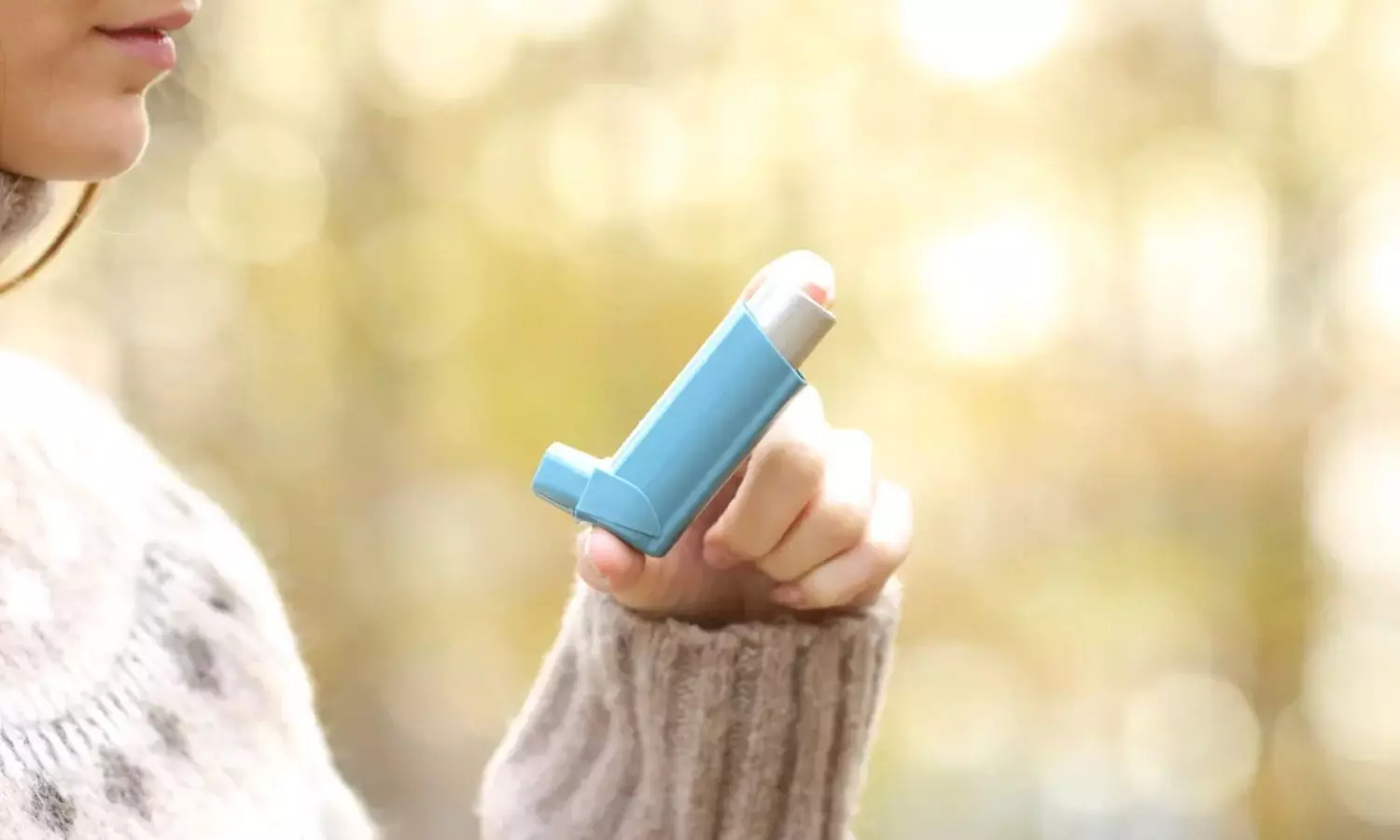Study reveals hidden drivers of asthma flare-ups in children
- byDoctor News Daily Team
- 06 November, 2025
- 0 Comments
- 0 Mins

A recent multicenter clinical trial has uncovered inflammatory pathways that contribute to asthma flare-ups in children that occur despite treatment, according to findings published inJAMA Pediatrics. Eosinophilicasthmais characterized by high levels ofeosinophils, a type of white blood cell involved in the body’s immune response. While eosinophils typically help fight infections, in eosinophilic asthma, they accumulate in the lungs and airways, causing chronic inflammation, swelling and damage to the respiratory system. Eosinophilic asthma is driven by type 2 (T2) inflammation, an immune response involvingcytokinesthat promote the production and activation of eosinophils. Because of this, therapies targeting T2 inflammation are used to reduce eosinophil levels and prevent asthma flare-ups. But even with targeted therapies against T2 inflammation, some children still experience asthma attacks. This suggests that other inflammatory pathways also play a role in exacerbations, said Rajesh Kumar, MD, Interim Division Head of Allergy and Immunology at Ann & Robert H. Lurie Children’s Hospital of Chicago, who was a co-author of the paper. In the study, scientists analyzed data from a previous clinical trial studying respiratory illnesses in children with eosinophilic asthma living in low-income urban areas across nine U.S. cities. Investigators compared the effects of mepolizumab-a biologic therapy that targets T2 inflammation-with a placebo over a 52-week period. While mepolizumab significantly reduced the expression of eosinophil-associated T2 inflammation during asthma flare-ups, exacerbations still occurred. “The previous trial raised questions about what happens when you take away some of the allergic inflammation using a biologic drug, and why is it that some children experience exacerbations and some don't?” Dr. Kumar said. “Different types of inflammation–allergic and different types of nonallergic inflammation–interact with exacerbations, both viral and non-viral. We wanted a more precise way of understanding what's driving some of the exacerbations in kids.” By employing RNA sequencing of nasal samples collected during 176 episodes of acute respiratory illness, investigators identified three distinct inflammatory drivers of asthma exacerbations. The first were epithelial inflammatory pathways, which were increased in children receiving mepolizumab, regardless of viral infection. The second was macrophage-driven inflammation, which was specifically linked to viral respiratory illnesses, and the third involved mucus hypersecretion and cellular stress responses, which were elevated in both treatment and placebo groups during flare-ups. “We found that children who still exacerbated on the drug had less of this allergic type of inflammation, but they had other residual epithelial pathways which were driving some of that inflammatory response that was involved in exacerbation,” Dr. Kumar said. The study highlights the complexity of asthma in children and underscores the need for more personalized treatment strategies, Dr. Kumar said. “There are multiple different types of inflammatory responses that are involved in exacerbations, and they're driving exacerbations differentially based on whether patients have a virus or are taking drugs to block different parts of the inflammatory response,” Dr. Kumar said. As asthma continues to affect children in urban communities disproportionately, the insights from the study could pave the way for precision interventions for children based on the type of inflammation driving their asthma, and lead to improved quality of life for young patients, Dr. Kumar said. “This study gives us a better understanding of what results in persistent exacerbations and opens up the potential for new therapies or combinations of therapies based upon that.” Altman MC, Janczyk T, Murphy RC, et al. Inflammatory Pathways in Residual Asthma Exacerbations Among Mepolizumab-Treated Urban Children: A Secondary Analysis of a Randomized Clinical Trial. JAMA Pediatr. Published online July 14, 2025. doi:10.1001/jamapediatrics.2025.2044.
Disclaimer: This website is designed for healthcare professionals and serves solely for informational purposes.
The content provided should not be interpreted as medical advice, diagnosis, treatment recommendations, prescriptions, or endorsements of specific medical practices. It is not a replacement for professional medical consultation or the expertise of a licensed healthcare provider.
Given the ever-evolving nature of medical science, we strive to keep our information accurate and up to date. However, we do not guarantee the completeness or accuracy of the content.
If you come across any inconsistencies, please reach out to us at
admin@doctornewsdaily.com.
We do not support or endorse medical opinions, treatments, or recommendations that contradict the advice of qualified healthcare professionals.
By using this website, you agree to our
Terms of Use,
Privacy Policy, and
Advertisement Policy.
For further details, please review our
Full Disclaimer.
Tags:
Recent News
Only 31 percent families of doctors who died battl...
- 06 November, 2025
NEET 2025: MP DME releases mop up round allotment...
- 06 November, 2025
PG Medical Admissions 2025: CEE Kerala publishes f...
- 06 November, 2025
Venus Remedies expands presence in Vietnam with ma...
- 06 November, 2025
Daily Newsletter
Get all the top stories from Blogs to keep track.


0 Comments
Post a comment
No comments yet. Be the first to comment!